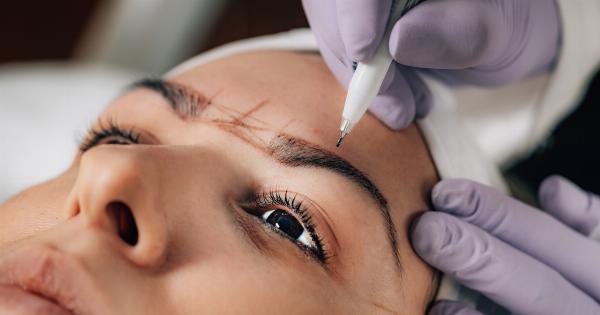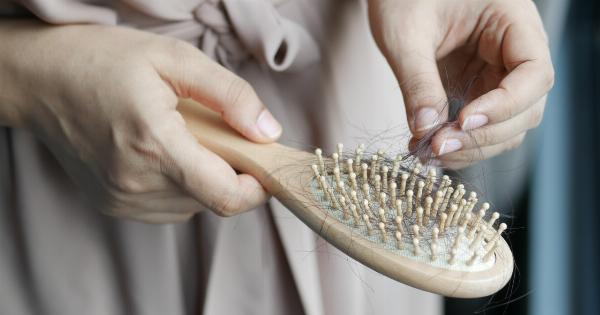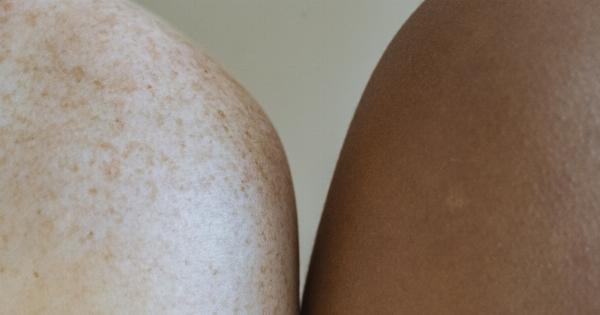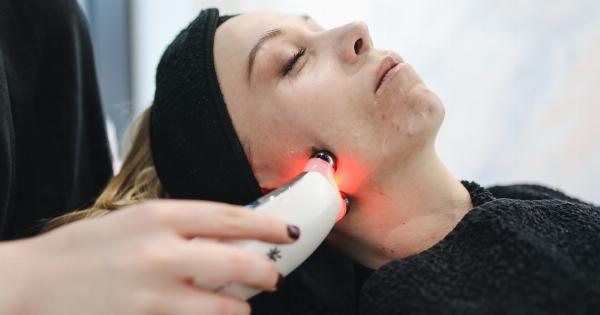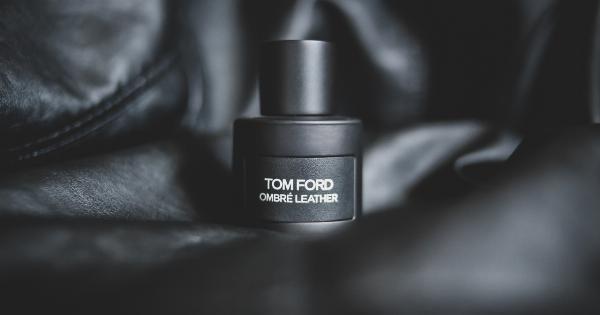In recent years, there has been growing tension between doctors and aestheticians in the field of permanent waxing. This divide, fueled by differing opinions on safety, training, and expertise, has created a rift that affects the industry as a whole.
With each side claiming superiority and questioning the other’s qualifications, it is essential to understand the root causes of this friction and explore potential solutions for collaboration.
The Rise of Permanent Waxing
Permanent waxing, also known as laser hair removal, has gained popularity as a long-term solution for hair removal.
This process involves targeting hair follicles with a laser that destroys them, resulting in a longer hair-free period compared to traditional methods like waxing, shaving, or plucking. With convenient and more extended results, more people have turned to permanent waxing to address their hair removal needs.
The Role of Doctors
Doctors, particularly dermatologists, historically held the monopoly on cosmetic procedures due to their medical expertise and licensing. Permanent waxing, being a laser-based treatment, initially fell under their purview.
Dermatologists argued that their medical knowledge and understanding of the skin allowed them to provide safer and more effective permanent waxing treatments. They cited their ability to diagnose and treat pre-existing skin conditions, ensuring the procedure’s overall safety.
The Emergence of Aestheticians
However, as the demand for permanent waxing grew, aestheticians started offering these services in salons and spas. Aestheticians are beauty professionals who specialize in skincare and various cosmetic procedures.
While doctors argued that aestheticians lacked the necessary medical training, aestheticians claimed that their extensive training in skincare and specific laser certification qualified them to perform permanent waxing safely and effectively.
Training, Certification, and Expertise
A crucial point of contention between doctors and aestheticians is the issue of training and certification.
Doctors argue that aestheticians often undergo short courses that focus primarily on the technical aspects of laser use, neglecting the medical and physiological aspects of performing the treatment. In contrast, aestheticians claim that their training provides comprehensive knowledge of laser technology, skin types, and the ability to identify contraindications before performing the procedure.
The lack of a standardized curriculum and certification process in the field of permanent waxing further fuels the friction between doctors and aestheticians.
Doctors argue that this lack of regulation allows unqualified individuals to offer the service and potentially put patients at risk. Aestheticians, on the other hand, believe that comprehensive training programs and certification should be developed specifically for their profession but not necessarily aligned with traditional medical training.
Overlapping Areas of Expertise
One potential solution to bridge the divide between doctors and aestheticians is to recognize and respect each profession’s overlapping areas of expertise.
While doctors may possess superior medical knowledge and the ability to handle pre-existing skin conditions, aestheticians often have a deeper understanding of cosmetic procedures, including different skin types and the nuances of laser treatments.
Collaboration between doctors and aestheticians could result in better patient outcomes. Doctors can leverage their medical expertise in diagnosing and treating skin conditions, thereby ensuring the safety of patients undergoing permanent waxing.
Aestheticians can contribute their in-depth knowledge of laser technology to customize treatments based on different skin types, minimizing potential side effects and maximizing results.
Establishing Collaborative Guidelines
To foster collaboration and establish guidelines for doctors and aestheticians working together, professional organizations and regulatory bodies should take the lead in defining the roles and responsibilities of each profession.
These guidelines should outline the required training and certification for aestheticians, emphasizing the importance of ongoing education to keep up with the latest advances in permanent waxing technology and safety protocols.
Additionally, these guidelines should encourage interdisciplinary training, whereby doctors and aestheticians can participate in joint educational programs or workshops to enhance their understanding of each other’s roles and expertise.
By promoting mutual respect and understanding, doctors and aestheticians can work together more effectively and provide optimal care for their patients.
The Future of Permanent Waxing
As the field of permanent waxing continues to evolve, it is essential for doctors and aestheticians to find common ground and collaborate for the benefit of their patients.
Recognizing and respecting each profession’s unique expertise, while also acknowledging areas of overlap, will lead to safer and more effective treatments.
Through the establishment of collaborative guidelines and ongoing education, doctors and aestheticians can bridge the divide that currently exists in the field of permanent waxing.
Only through cooperation and mutual respect can these professionals work together to further advance the field and provide the best possible care for their patients.

